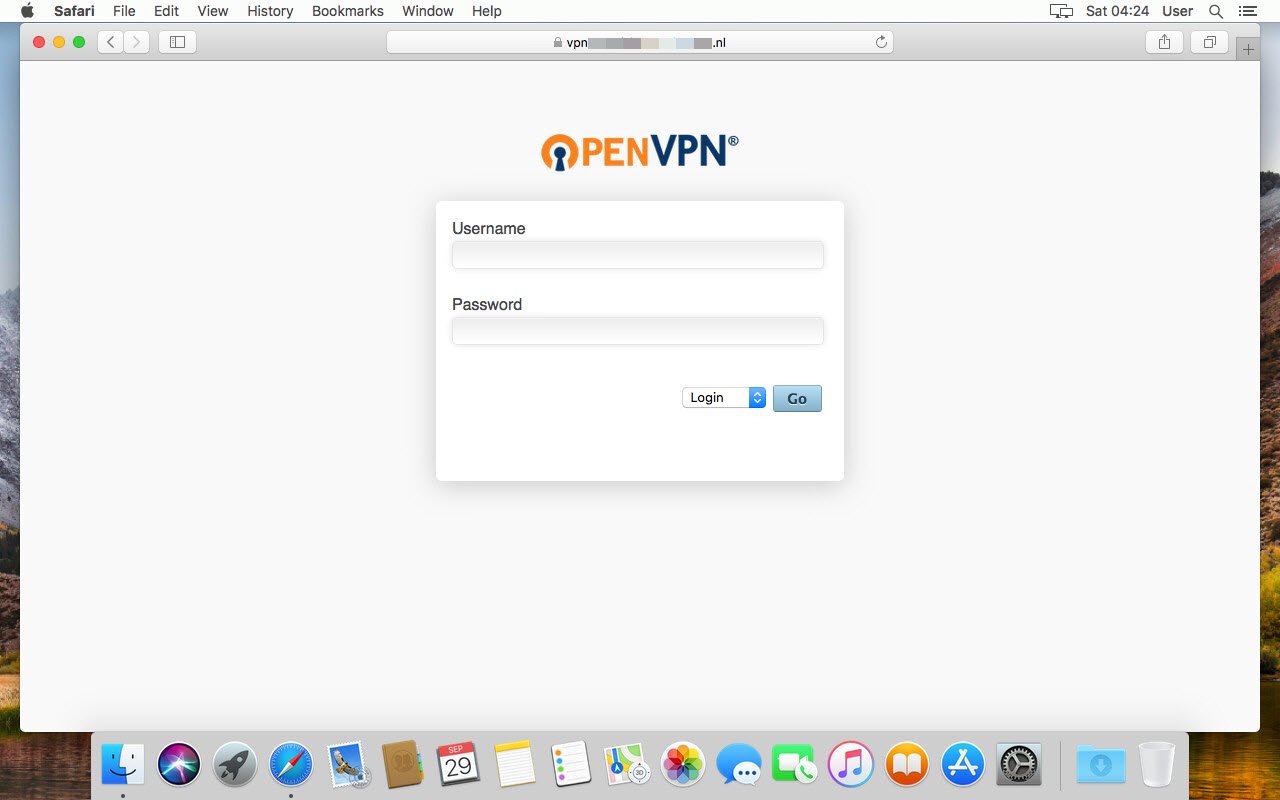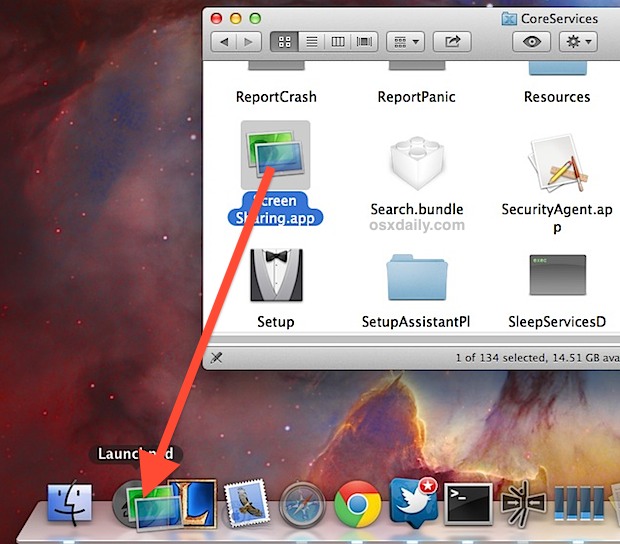
But department managers may also need to print to an additional printer and be able to adjust some settings that are always managed for the group at large. But doing so can become confusing, especially if some members of a group need slightly different management but essentially the same preferences and permissions as the rest of the group.įor example, all employees in a human resources department may have the same environmental needs. Many administrators frown on applying preferences based on individual users, feeling that it's better to apply preferences by group. With the exception of items that are additive, however, keep computer list management as consistent as possible. Printers, dock items, access to applications based on what's installed on workstations, system preferences access - all are logical choices for management by computer list. Remember, even if you limit users to a single group, you can still make them members of additional nonmanaged groups for setting permissions and access to network resources.ĭecide which preferences are most appropriate based on computer lists. As an example, eighth-grade students, middle school teachers, graphic designers, administrative assistants - all are pretty distinct groups in terms of what they need and how they work. Generally speaking, users are distinct enough that you can create a single managed group for them. If they are part of groups with widely varying preferences, this will get confusing for them - and you, too. When users are part of multiple managed groups, they must pick a group at log-in. If you plan only a limited number of managed groups and you limit the majority of users to members of a single managed group, then apply preferences based on groups. Figure out which ones you will use in your network, and then decide for which users or computers you will likely manage them. Look at the various preference panes in workgroup manager. Rather than applying preferences in whichever way seems best initially, plan out how you will manage each one and - this goes back to my first point - keep that plan simple. That is my one major guideline for planning managed preferences. So, how do you clear up this confusion? Keep it simple. The result: bewildered users, who have no way of knowing which workstations are part of which computer lists - or even that computer lists exist in the first place. That's because each group they select may come with a different user experience or restrictions on modifying that experience or accessing resources.Īnd since you can also manage preferences based on computer lists, the experience can change when a user simply moves from one workstation to another. The confusion grows, especially for users, if they're members of multiple managed groups, such as workgroups.

Layering preferences for users, groups and workstations can make it confusing as to which preferences will be managed when a user logs in.
CLIENT ACCESS FOR MAC OS X MAC OS X
The problem I've seen a number of Mac OS X administrators run afoul of lately is that Apple has actually made these preference management options too flexible. allows you to configure preferences for individual users, groups, or workstations using computer lists. Adding even more flexibility to the Mac OS X managed client model, Apple Computer Inc. You can configure most pieces of the user environment initially, allowing users to create their own personalized modifications - something often known as managing a preference once - or you can set preferences to be always managed, creating an environment that the user can't change.
:max_bytes(150000):strip_icc()/005-recover-email-password-from-os-x-keychain-1174067-75461e5bd5fa4810accdbcfd7bc181d3.jpg)
Using Workgroup Manager, you can manage just about every aspect of the Mac OS X user experience for any computers that are bound to a shared directory (most commonly a NetInfo or Lightweight Directory Access Protocol domain).

One of the features that tends to impress me about Mac OS X Server is the client management capability built into it.


 0 kommentar(er)
0 kommentar(er)
